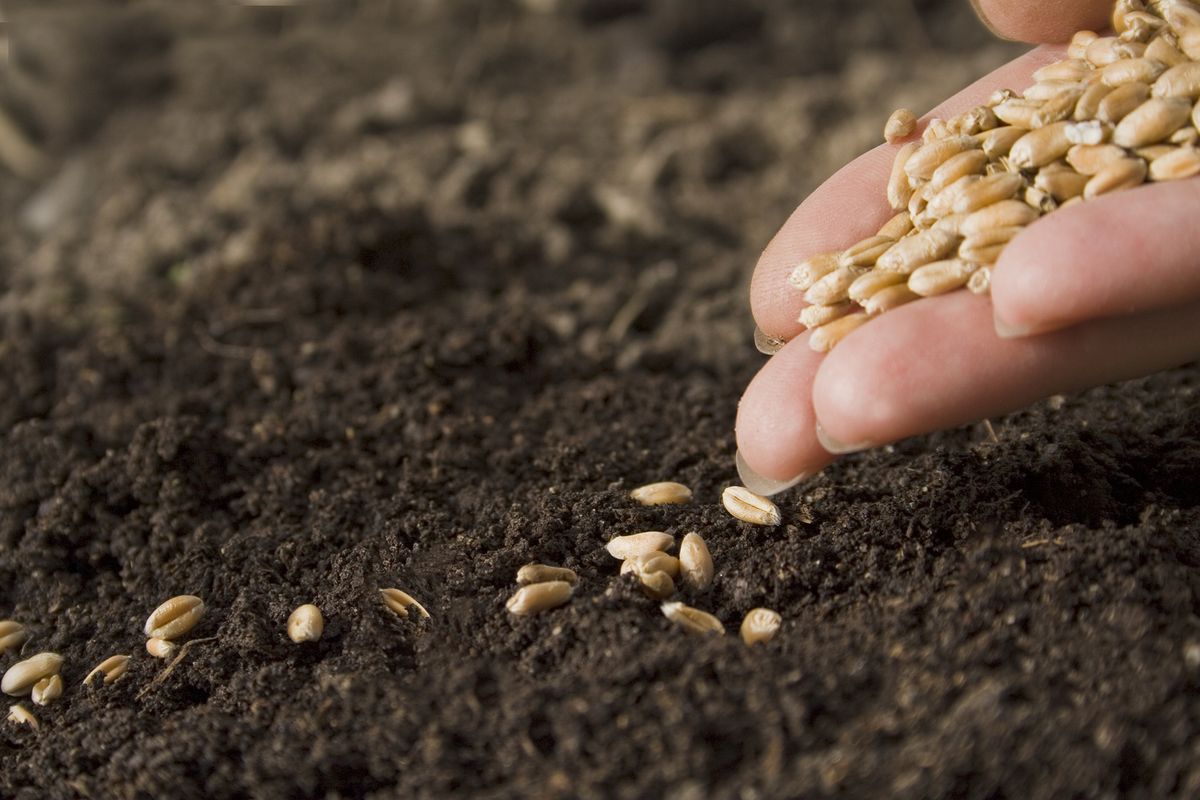On May 16, 2022, tens of thousands of rare seed samples were destroyed in the Russian shelling of Kharkiv’s Yuriev Institute, which houses Ukraine’s National Gene Bank.
Ukrainian farms feed Europe and China. Russia wants to end that

The damage inflicted on Ukraine’s National Gene Bank and the loss of valuable seeds were part of a deliberate Russian campaign to harm Ukrainian agriculture, this year and potentially for decades to come.
They are a core part of Russia’s military strategy.
Eurasia’s fertile black earth belt, known as chernomzen, runs through much of Ukraine. Long growing seasons and ample rainfall provide ideal conditions for growing food commodities such as wheat, corn, oilseeds and sugar beets.
Destroying Ukraine’s farms grievously damages the country’s economy while giving Russia more leverage over its own grain trade partners in Africa and Asia.
The first is theft. Russian troops are reported to have stolen various types of agricultural machinery — combines, tractors, etc., moving them to Russia or Russian-controlled areas.
The second type of damage was brought about by the disruption of this year’s crop cycle. Spring wheat, corn and many industrial crops are typically planted in late March after the last spring frosts, but planting coincided this year with the early weeks of the war.
Disruptions caused by the war have put seeds, fertilizer, fuel and other key inputs in short supply — and a large share of the agricultural labor force is fighting in the territorial defense forces or has fled. This delayed and disrupted planting, growing and harvest of much of the country’s crop.
Russian forces have bombed grain elevators and port terminals. A missile strike on the sea grain port “Nika-Tera” in Nikolaev, Ukraine’s third largest in terms of shipping volumes, destroyed the port’s grain terminal.
A fourth type of damage is related to Russia’s blockade of the Black Sea and the Sea of Azov, the main export routes for Ukrainian food commodity crops. In 2021, Ukraine exported nearly 45 million tons of cereals and legumes, the vast majority of it by sea. China is the single largest importer of Ukrainian agrifood products; the E.U. is the second largest market.
Ukraine and Russia signed an agreement brokered by Turkey on July 22 to open “grain corridors” and resume shipments of grain, oilseed and other crops from three Ukrainian ports on the Black Sea: Odessa, Chornomorsk, and Pivdennyi.
But as the harvest season gets underway, Ukraine capacity to maintain grain exports still faces challenges. Several other ports are still unable to accept and send cargo due to the Russian sea blockade.
The three ports that are in operation will have to export millions of tons of grain each month just to keep up with this year’s harvest.
The destruction of agricultural assets is part of a calculated effort to inflict harm on a sector that historically has held enormous economic significance for Ukraine.
Russia is well aware of the significance of Ukrainian agriculture and the fecundity of its soil.
Nearly a century ago, the Soviet Union waged a brutal war on Ukrainian peasants during the collectivization of agriculture, a top-down drive to modernize rural production that resulted in famine, death and destruction of agriculture.
Read also
Wheat in Southern Brazil Impacted by Dry Weather and Frosts
Oilseed Industry. Leaders and Strategies in the Times of a Great Change
Black Sea & Danube Region: Oilseed and Vegoil Markets Within Ongoing Transfor...
Serbia. The drought will cause extremely high losses for farmers this year
2023/24 Safrinha Corn in Brazil 91% Harvested
Write to us
Our manager will contact you soon



